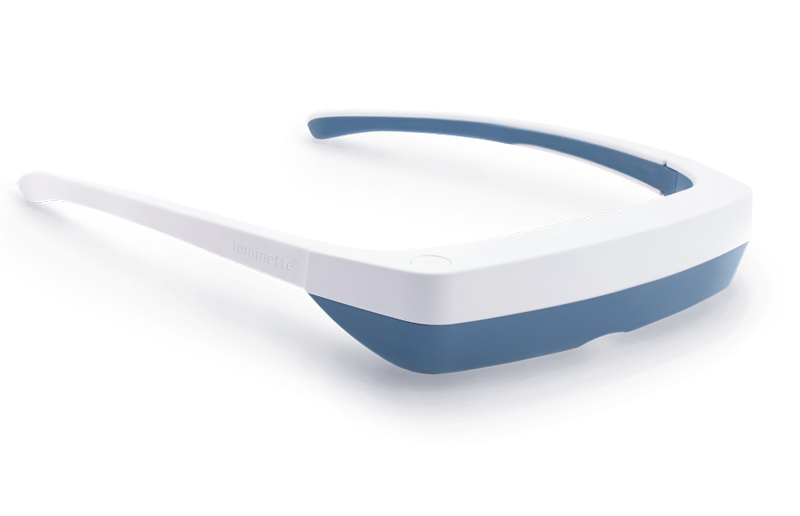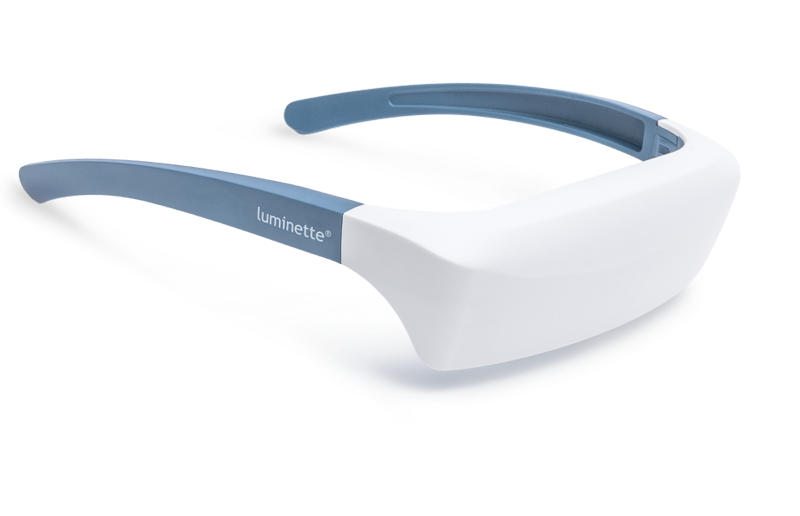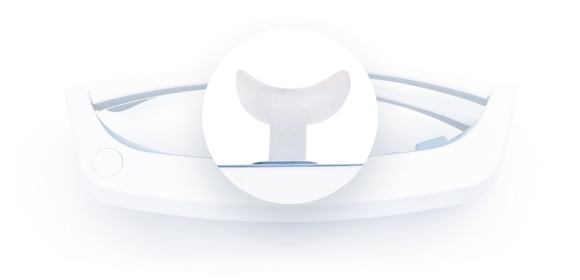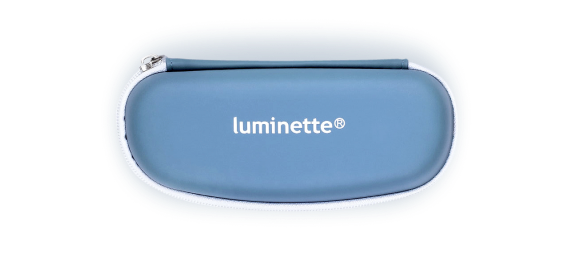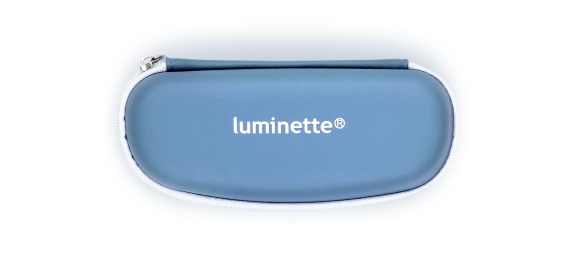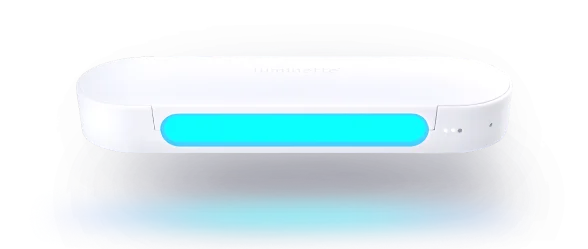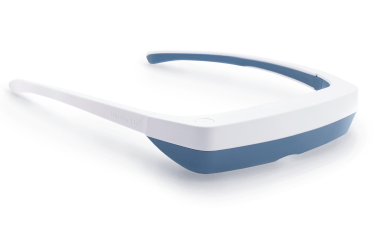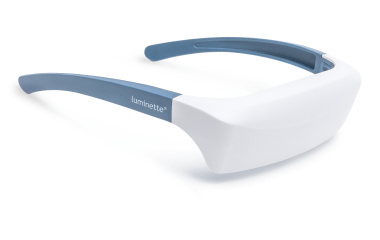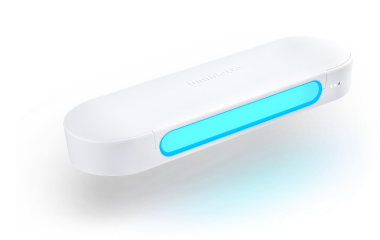Il sonno REM, o sonno a movimento rapido degli occhi, è una fase essenziale del ciclo del sonno. È durante questa fase che i nostri cervelli sono più attivi e sperimentiamo sogni. Il sonno REM è cruciale per molte funzioni, inclusa la consolidazione della memoria e la regolazione dell'umore. Sfortunatamente, molte persone soffrono di una carenza di sonno REM, che porta a una vasta gamma di effetti negativi sulla loro salute e benessere.
In questa guida, esploreremo come ottenere più sonno REM, i benefici del sonno REM e come affrontare i disturbi del sonno comuni che possono interrompere il sonno REM.
Cos'è il sonno REM?
Il sonno REM, abbreviazione di Rapid Eye Movement sleep, è una fase significativa del ciclo del sonno. Durante il sonno REM, i nostri cervelli sono molto attivi e sperimentiamo sogni vividi. Questa fase è spesso chiamata sonno paradossale perché, sebbene i nostri corpi siano in uno stato di profondo rilassamento, i nostri cervelli sono attivi come quando siamo svegli. È durante il sonno REM che avvengono importanti funzioni cognitive, come la consolidazione della memoria e la regolazione emotiva. Inoltre, il sonno REM è associato al ripristino fisico, inclusa la riparazione e la crescita dei tessuti del corpo.

Perché il sonno REM è importante?
Il sonno REM è di fondamentale importanza a causa del suo ruolo in varie funzioni vitali. Svolge un ruolo cruciale nella consolidazione della memoria, aiutando a integrare e immagazzinare le informazioni raccolte durante la giornata. Durante il sonno REM, il cervello elabora e organizza questi ricordi, rafforzando le connessioni tra i neuroni. Inoltre, il sonno REM è essenziale per la regolazione emotiva, poiché aiuta a gestire e processare emozioni intense, contribuendo al benessere psicologico complessivo. Inoltre, si ritiene che il sonno REM supporti la creatività e le capacità di problem solving, con ricerche che suggeriscono che sognare durante questa fase possa facilitare connessioni e intuizioni nuove. Un adeguato sonno REM è cruciale per mantenere un funzionamento cognitivo ottimale e la stabilità emotiva durante tutta la giornata.
Cosa succede durante il sonno REM?
Durante il sonno REM si verificano diversi eventi fisiologici e psicologici affascinanti. Innanzitutto, il cervello diventa altamente attivo, simile al livello di attività sperimentato durante la veglia. Questa attività cerebrale aumentata si ritiene sia responsabile dei sogni vividi e talvolta bizzarri comunemente associati al sonno REM. Inoltre, i muscoli del corpo subiscono uno stato di paralisi temporanea, noto come atonia, che serve a impedirci di agire i nostri sogni e potenzialmente causare danni fisici. Inoltre, il sonno REM è essenziale per processi cognitivi come la consolidazione della memoria, poiché aiuta nell'integrazione di nuove informazioni nella memoria a lungo termine. Studi hanno anche dimostrato che il sonno REM svolge un ruolo cruciale nella regolazione emotiva, aiutando a elaborare e regolare le emozioni intense vissute durante il giorno.
Quanto dura il sonno REM?
La durata del sonno REM varia durante la notte, con ogni ciclo REM che diventa più lungo man mano che il sonno procede. Tipicamente, il primo periodo di movimento rapido degli occhi della notte può durare circa 10 minuti, aumentando a una media di 90 minuti nella fase finale del sonno. La prima fase REM tende a essere più breve, mentre le fasi successive di movimento rapido degli occhi si allungano, con l'ultima fase REM spesso la più lunga. Nel corso di una notte di sonno, un individuo può trascorrere circa il 20-25% del tempo totale di sonno nel sonno REM. Fattori come l'età e i modelli di sonno individuali possono influenzare la durata e la distribuzione del sonno REM durante la notte. Monitorare la durata del sonno a movimento rapido degli occhi può fornire preziose informazioni sulla qualità del sonno e sulla salute generale.

Aumentare il sonno REM con dispositivi di terapia della luce
I dispositivi di terapia della luce emettono una luce artificiale bianca e intensa che simula la luce solare e aiuta a regolare il ritmo circadiano del corpo. Questi dispositivi emettono una luce ad alta intensità, solitamente almeno 10.000 lux di luminosità o più, per garantire che l'utente sia circondato da abbastanza luce per simulare la luce naturale del sole. La luce blu nel dispositivo migliora i livelli di energia e l'umore dell'utente stimolando il loro naturale tasso metabolico diurno. I dispositivi di terapia della luce sono stati utili per ridurre gli effetti della tristezza invernale, trattare l'insonnia, il jet lag e altre forme di disturbi. Tuttavia, quando si tratta del sonno REM, la terapia della luce è considerata il trattamento più utile e sicuro.

Consigli per aumentare il sonno REM usando dispositivi di terapia della luce
Ci sono molti modi per utilizzare la terapia della luce per aumentare il sonno REM a seconda del dispositivo che usi e della tua routine quotidiana. Ecco alcuni consigli per aumentare il sonno REM usando dispositivi di terapia della luce.
Seleziona un Dispositivo di Terapia della Luce Efficace
Quando si cercano dispositivi di terapia della luce, è essenziale considerare le proprie esigenze, la facilità d'uso e l'efficacia del dispositivo. I dispositivi Luminette 3 e Drive Light Therapy di myluminette.com sono ottime opzioni da considerare. Il Luminette 3 è un dispositivo di terapia della luce indossabile che può essere utilizzato durante le attività quotidiane, mentre il Drive device è perfetto per l'uso durante la guida o alla scrivania. Il dispositivo giusto per te dipende dalla tua routine quotidiana, quindi assicurati di scegliere uno che puoi usare costantemente.

Usa il Dispositivo al Momento Giusto
Il momento dell'uso è essenziale quando si tratta di terapia della luce. Usare il dispositivo al momento ottimale può aumentare le possibilità di migliorare l'umore e i livelli di energia. Il momento ottimale per utilizzare i dispositivi di terapia della luce è generalmente al mattino dopo il risveglio, così da ricevere una dose precoce di luce ad alta intensità che emula l'effetto della luce naturale del sole. Usare il dispositivo per 10-30 minuti al giorno nel momento ottimale aumenta le possibilità di incrementare il sonno REM.
Stabilisci un Orario di Sonno Coerente
Stabilire un orario di sonno coerente significa andare a letto e svegliarsi alla stessa ora ogni giorno. Questa routine può aiutare a regolare il ciclo sonno-veglia del corpo e di conseguenza aumentare il sonno REM. Mantenere un orario di sonno costante può anche aiutare a ridurre l'insonnia, facilitare l'addormentamento e svegliarsi sentendosi riposati ed energici.
Limitare l'assunzione di Caffeina e Alcol
La caffeina e l'alcol riducono la durata del ciclo REM e disturbano i ritmi circadiani. Pertanto, è essenziale evitare l'assunzione di caffeina e alcol durante il giorno o nelle ore precedenti il sonno. Se possibile, è meglio limitare del tutto l'assunzione di queste sostanze.
Tecniche di Rilassamento
Tecniche di rilassamento come yoga, meditazione, bagni caldi o leggere un libro possono aiutare a calmare sia la mente che il corpo, facilitando l'addormentamento e garantendo un aumento del sonno REM. Combinare le tecniche di rilassamento con l'uso di dispositivi di terapia della luce migliora le possibilità di aumentare il sonno REM e il benessere generale.
Conclusione
Affrontare i disturbi del sonno attraverso una combinazione di modifiche dello stile di vita, interventi comportamentali e, quando necessario, trattamenti medici è essenziale per migliorare la qualità del sonno e aumentare la durata del sonno REM. Se sospetti di avere un disturbo del sonno o stai vivendo disturbi persistenti del sonno, consulta un professionista sanitario per una valutazione completa e un piano di trattamento personalizzato in base alle tue esigenze individuali. Dare priorità a una buona igiene del sonno e adottare pratiche di sonno sane può giocare un ruolo significativo nell'ottimizzare il tuo sonno REM e la salute generale del sonno.
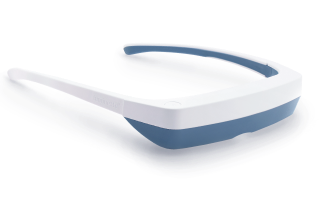
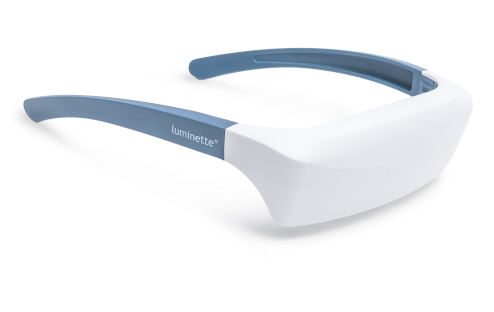
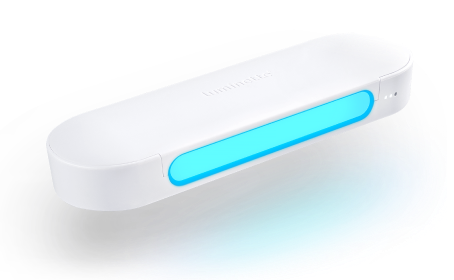
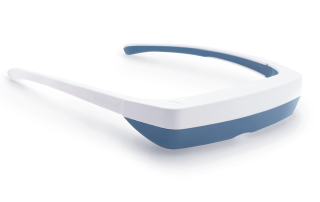
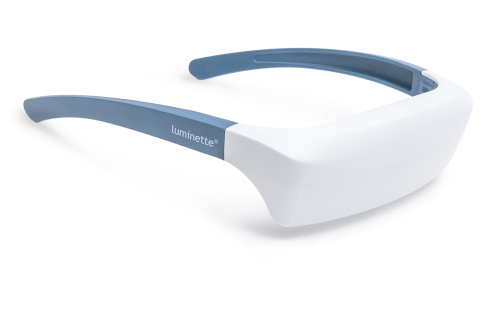
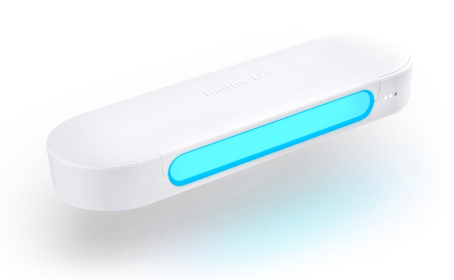
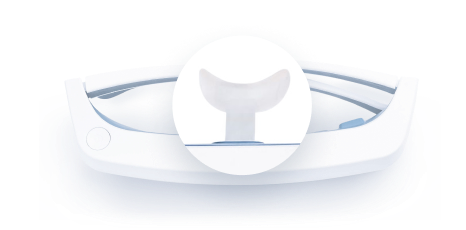
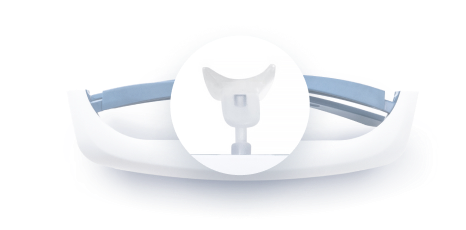
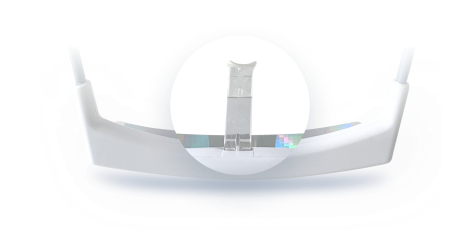
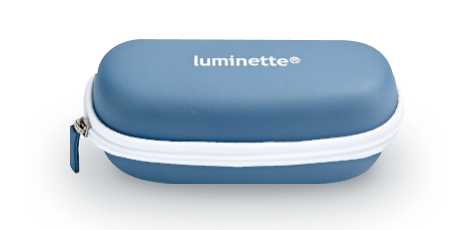
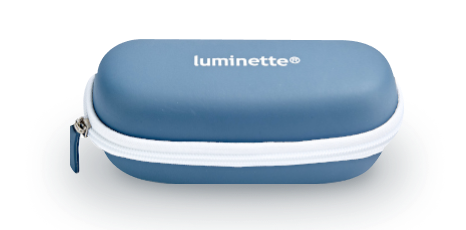





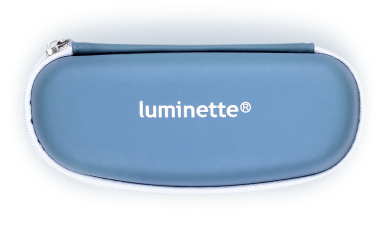
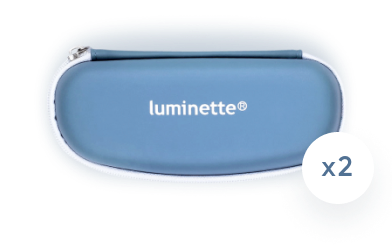
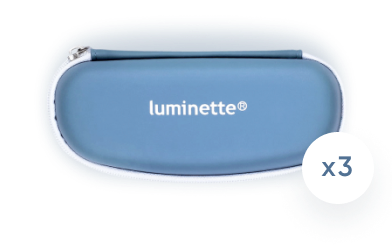
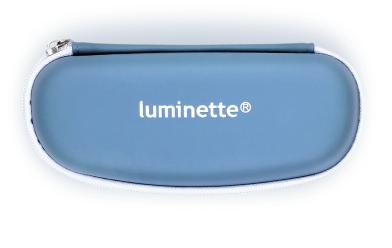
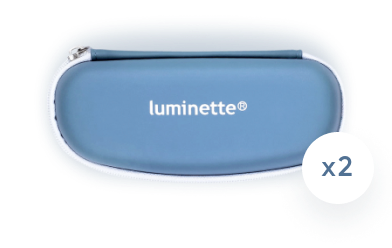
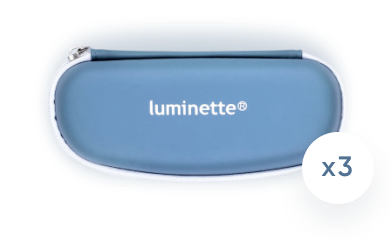
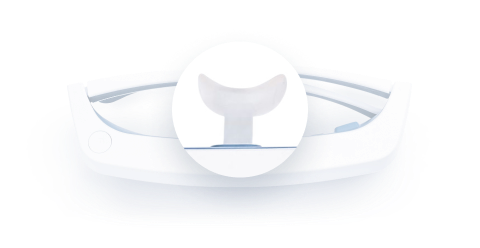
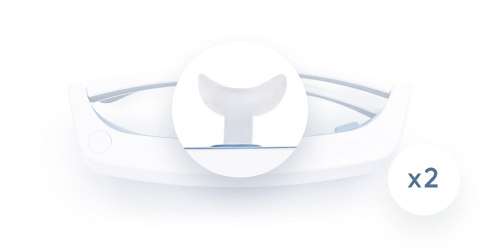
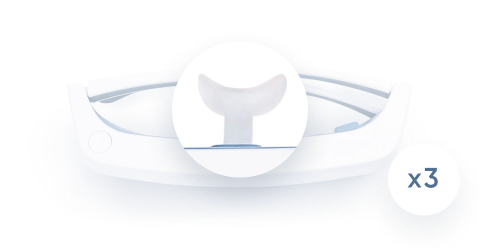
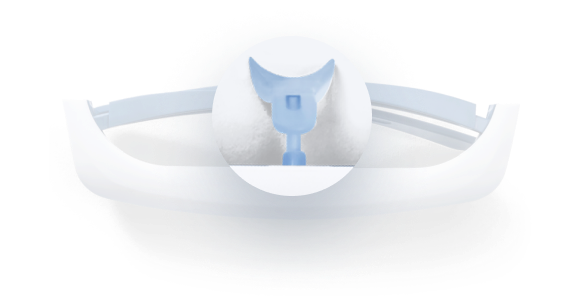
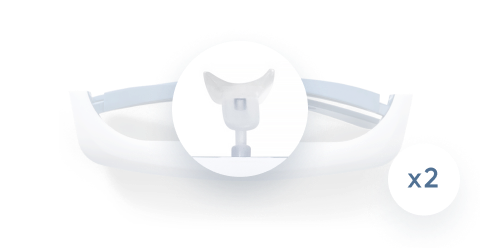
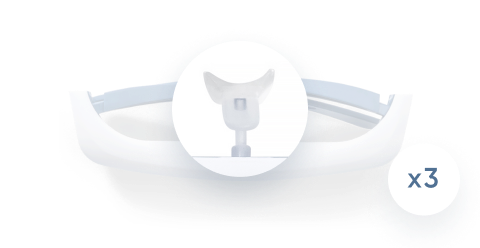
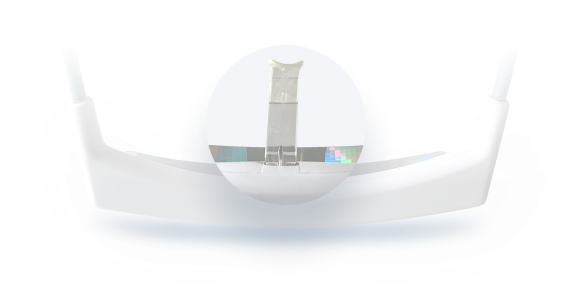
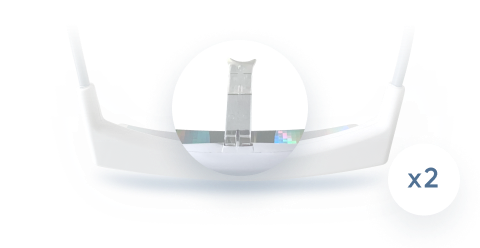
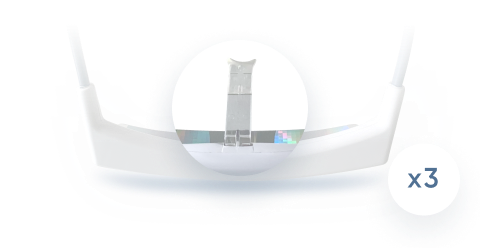
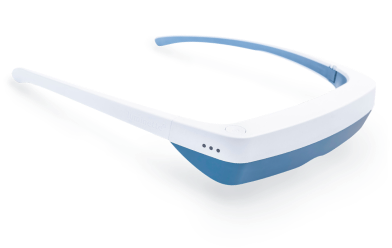
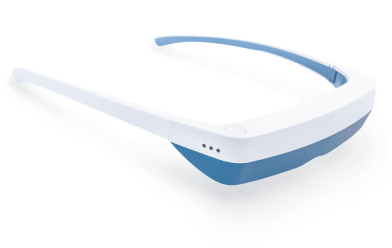
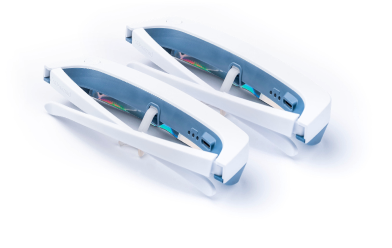
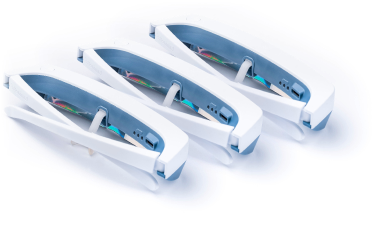

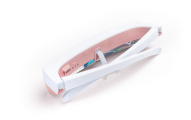

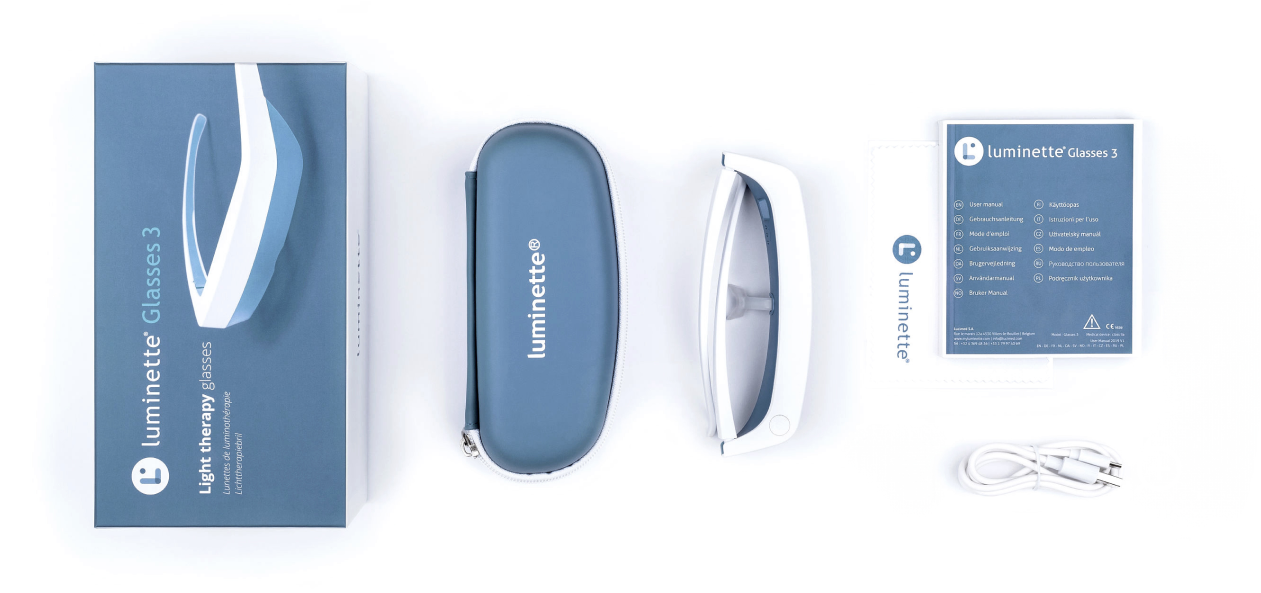
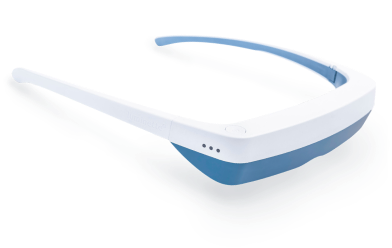


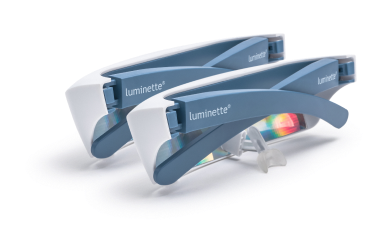

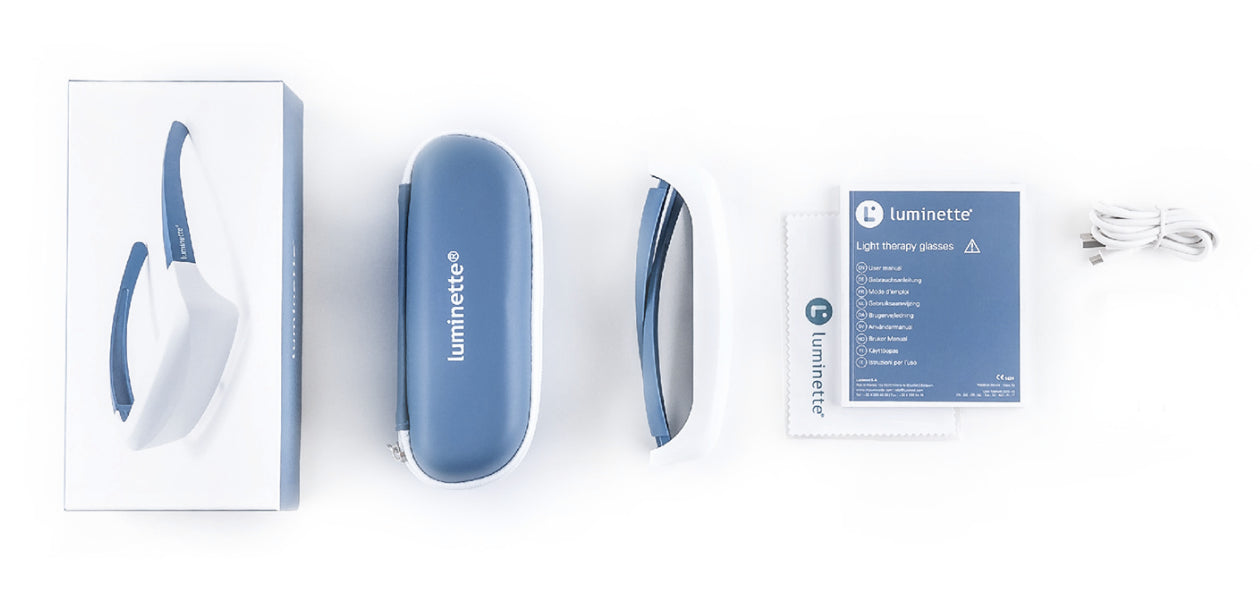
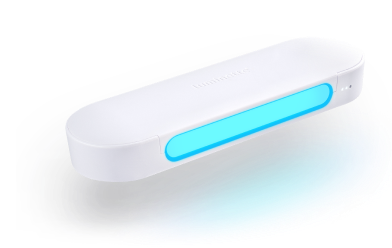
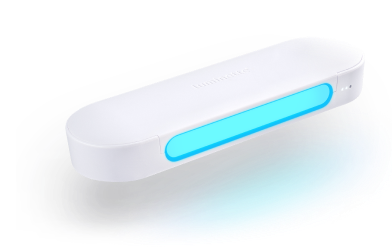
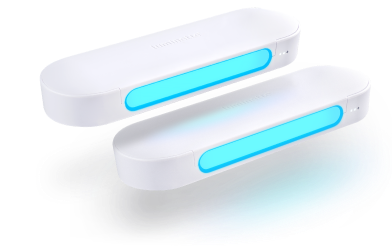
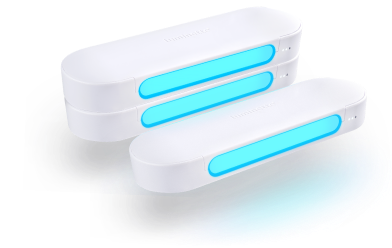
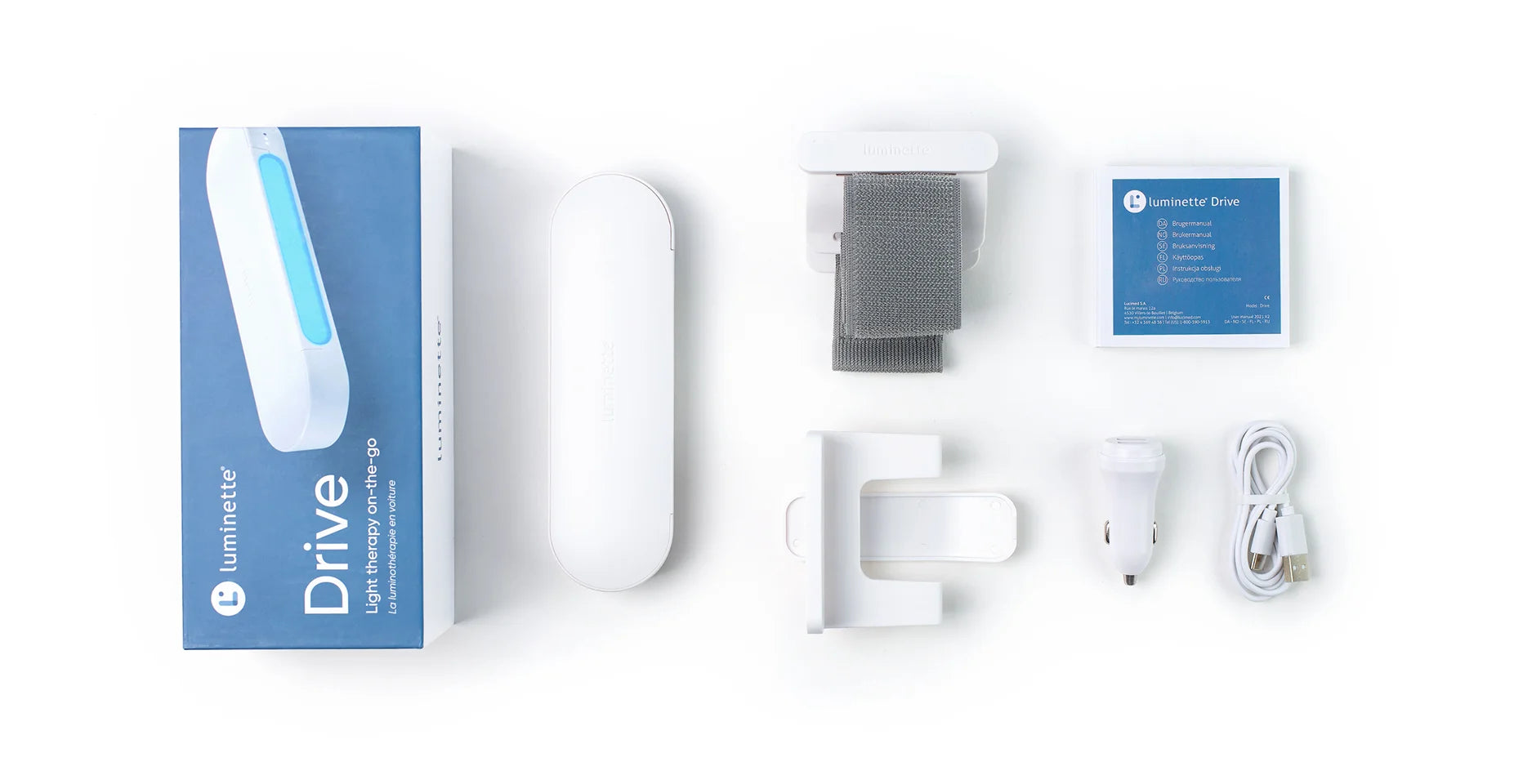

 Please note
Please note



